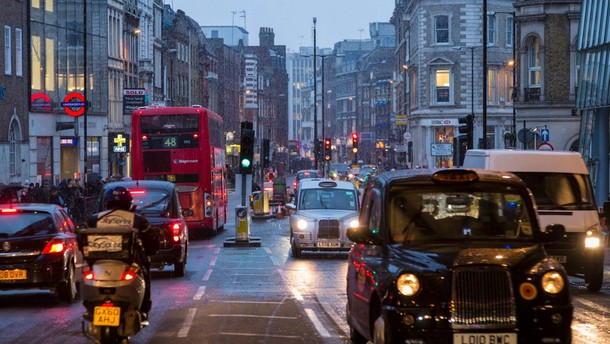
In the first week of 2016, levels of toxic nitrogen dioxide gas (NO2) exceeded the limit of 200 milligrams per cubic meter more than 18 times in the southwest London, which is the amount allowed by EU regulations for the entire year.
Usually, the famous London shopping street, the Oxford Street, is credited as being (one of) the most NO2-polluted streets in the world. Last year, reportedly, it reached the allowed limit in just four days. Newly released reports compare Greater London's NO2 pollution level to that of Beijing or Shanghai.
Despite the city's obvious efforts in reducing emissions below EU 'marked-as-still-safe'' levels (and in fact succeeding), it seems they've been undermined by a growing number of diesel-fuelled vehicles in the UK. According to the report, their number increased from 7 percent of the entire UK fleet in 1994 to 36 percent today.
The oxymoron in this whole matter is the fact that in order to lower the CO2 emissions, the UK authorities encouraged the use of diesel vehicles, as their CO2 emissions were lower and fuel efficiency was considered to be greater. However, diesels also come with notably higher PM and NO2 emissions.
So what is London to do in order to breathe cleaner air? Current plans see London's congestion-charge zone becoming the so-called Ultra Low Emissions Zone in September 2020, where all the high-emissions vehicles will have no choice but pay a certain charge in order to enter the zone.
However, it must be noted that cars are not the only ones to be blamed for the air pollution and other things need to be considered in the bigger picture, for example heat and power plants.



